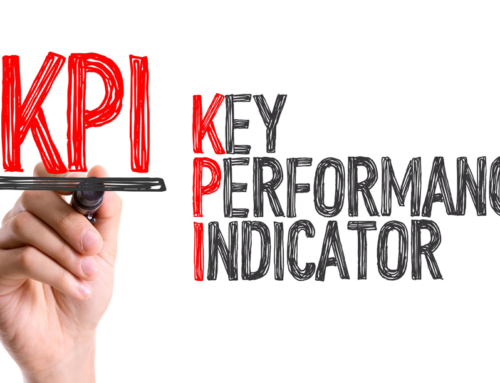Smart Decisions Utilize Data as a Base
Believe it or not, I use data to make all kinds of decisions in my personal life. I bet you do as well. When you are shopping for a new car, you look at all the features and benefits of the vehicle, but at the end, you analyze the price (data) to determine if it fits in your budget (data). When you are reviewing your retirement plans and trying to figure out when and if you can retire, you look at the numbers (data) to help determine that. When you are on the golf course and ready to take on your opponent, you set the stakes, and play off each other’s handicap (data). Or, when trying to figure out how much you should bet on the Packers to win vs. the Vikings, you analyze the Vegas lines (data).
D Cubed
Data Driven Decisions
I do believe that data is at the heart of all strategic decisions for a business. Data can provide the insights for answering your key business decisions. In this post, I want to offer 10 steps that any business can use to help make better strategic decisions. LTR Digital Group is a data driven digital marketing agency and we utilize data to help drive marketing decisions for our clients.

1. Strategy First
You can get very easily get overwhelmed with data. Big data is everywhere. The hype around it is huge. Ignore the hype and start with the strategy that will make the difference in your business.
2. Focus in on the business area
Determine what portion of you business is that you need to focus on to align yourself with the strategy you set forth in the first step.
3. What are you unanswered business questions?
So you know your strategic business objectives, now focus on the data needed to answer the questions you will have to answer the right questions. As an example, Google Analytics collects a ton of data….more than any sane person can handle! But, knowing the right questions allows you to block out all the other data sets to hone in on the answers to the questions to align with your strategy.
4. Determine the data to help answer your questions
Understand that no data is inherently better or worse that other data sets. Focus on the data that allows you to answer your most pressing questions that align with your strategic objectives.
5. Determine what data you already have
Once you’ve identified the data you need, it makes sense to see if you’re already sitting on some of that information, even if it isn’t immediately obvious. Internal data accounts for everything your business currently has or could access. If the data doesn’t already exist, then find ways of collecting it either by putting data collection systems in place or by acquiring or accessing external data.
6. Determine if the costs and benefits are justified
Once you know the costs, you can work out if the tangible benefits outweigh those costs. You should treat data like any other key business investment. Although the cost of data is falling all the time, it can still add up if you get carried away. This is why it’s crucial to focus only on the data that you really need.

7. Collect the data
Much of this step comes down to setting up the processes and people who will gather and manage your data. In our world of digital marketing, platforms like Google Analytics and Marketing Automation platforms (Act-On, Hubspot, etc.) will ultimately provide you with the sources of data you will need to make sound marketing/sales decisions.
8. Analyze the data
This is the fun part. It is one thing to collect the data, but it is whole different ballgame when you need to interpret that data. That is what it is important to establish the questions you want answered in Step 4 so you don’t become overwhelmed.
9. Share the insights from the data analysis
Unless the results are presented to the right people at the right time in a meaningful way then the size of the data sets or the sophistication of the analytics tools won’t really matter. You need to make sure the insights gained from your data are used to inform decision making and, ultimately, help meet your business objectives.
10. Implement what you have learned!
Finally, you need to apply the insights from the data to your decision making, making the decisions that will make your business better … and then acting on those decisions. For me, this is the most rewarding part of the data journey: turning data into action.
There you go! That is D Cubed! Hope you got a nugget or 2 out of this information.
If you want help understanding how data can help drive your digital marketing decisions, feel free to contact us at LTR Digital Group.


